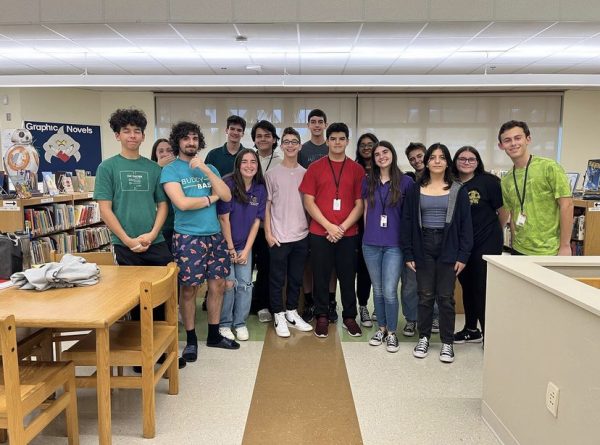Understanding what’s driving the rising crime rate
Crime has always been a substantial problem in the United States, continuing to grow for many years even though one might assume that with increasing prevention and technology that the crime rate would be decreasing. However, recent FBI reports indicate an increase in reported crimes in the U.S. over the past few years.
In order to understand the data, it is crucial to be able to interpret the key terms used by the FBI. The term “violent crime” is defined as offenses including murder and nonnegligent manslaughter, rape, robbery, human trafficking, arson, and aggravated assault. All of the data is collected by the National Incident-Based Reporting System (NIBRS) which is reported by law enforcement agencies around the country. For example, in 2021, 11,794 law enforcement agencies participated in the NIBRS.
Additionally, the NIBRS crime rate is reported as the number of criminal acts committed out of 100,000 people. The crime rate describes the number of crimes reported to law enforcement agencies for every 100,000 persons within a population.
According to the FBI, the 2008 violent crime rate was 459. That rate declined each subsequent year for six years to 362 in 2014. After this trough, the rate increased each subsequent year through 2019, the year the coronavirus began spreading leading to a worldwide lockdown and a resulting decline in the violent crime rate.
It is important to remember that there are hundreds of thousands more cases of offenses and violations of the law other than violent acts. There were over 300,000 more cases of such offenses in 2020 than in 2019 and about 600,000 more total offenses in 2021 than in 2020.
Increases in the crime rate have many causes; however, two causes spurring the increasing crime rate that occurred in 2019 through the present are poverty and unemployment. As noted by the University of Pennsylvania Department of Criminology, increasing aggressiveness resulted from the unemployment and poverty percentages created by the coronavirus.
Florida’s law enforcement agencies are contributing to the NIBRS, but its northern neighbor Georgia is. Georgia reported 464 acts of violent crime in 2018, 6,200 in 2019, and 21,190 in 2020. This significant increase over only three years tells a huge story about what this country has been through.
Only a year after the lockdown, the amount of violent crime jumped 242%. Olympic Heights sophomore Ryan Kessner attributes the increase to the fact that “the unemployed were desperate [for money] and things got out of hand.”
It is extremely vital to recognize that these are not just numbers. They are numbers that tell a story of the past, for trends of crime in the past relate to trends happening each year in the future. Law enforcement agencies are able to adjust their responses when they notice that more than one category of crime is happening.
In a real-world example, if there are more offenses linked to graffiti, then maybe a precinct will patrol more officers at nighttime to limit the number of taggers on the streets. This theory stated by OH junior Alex Eidelkind is logical because interpreting the statistics of crime allows for better knowledge of what is to come in the future.















